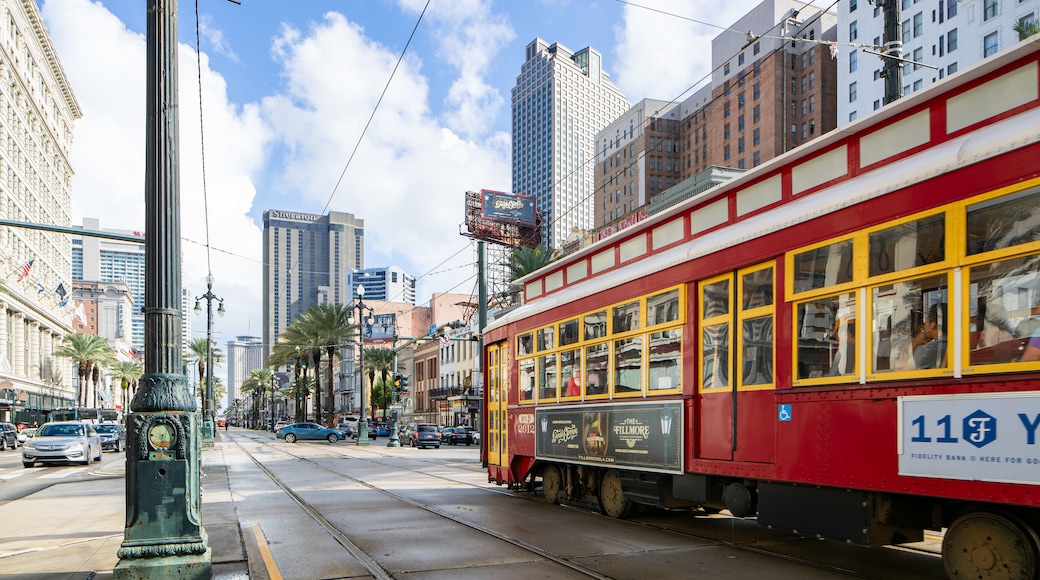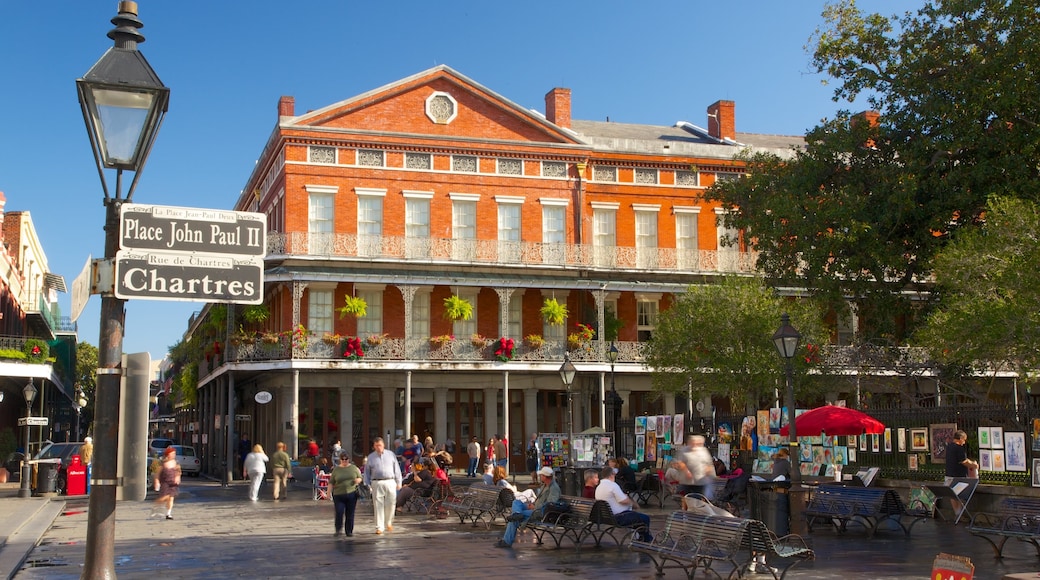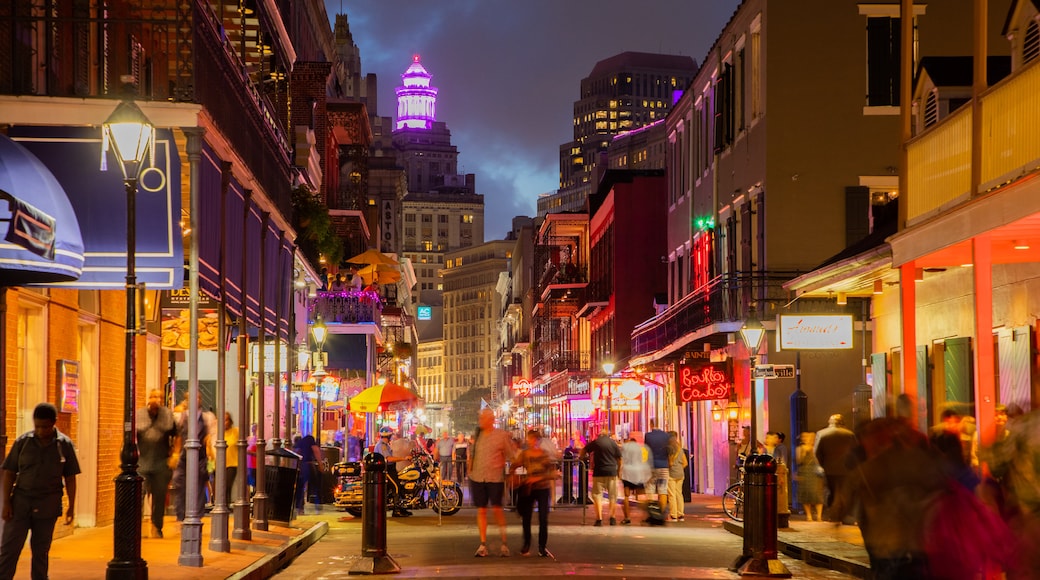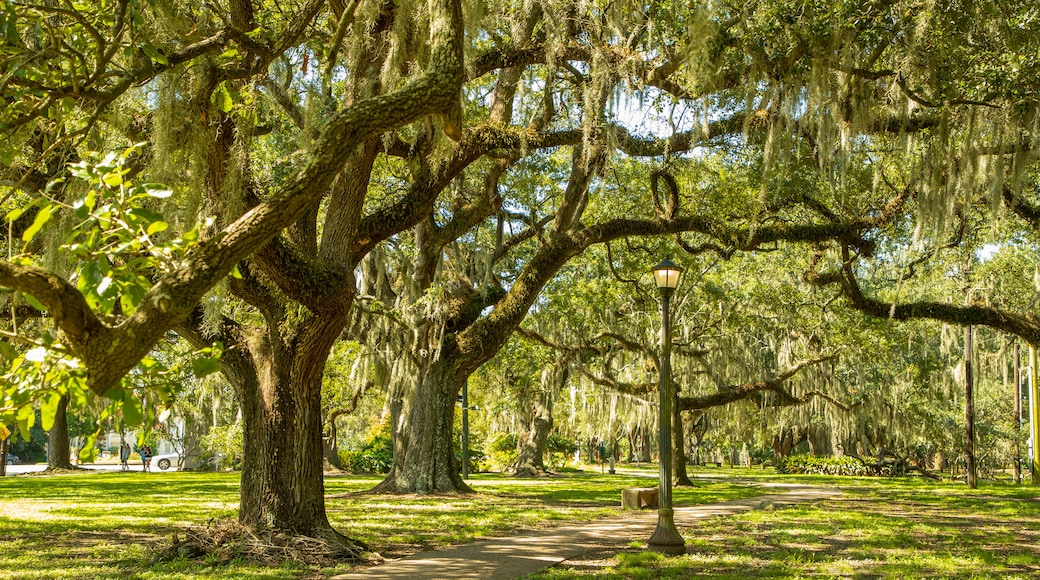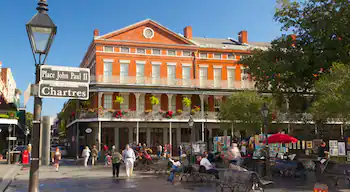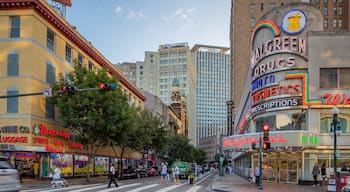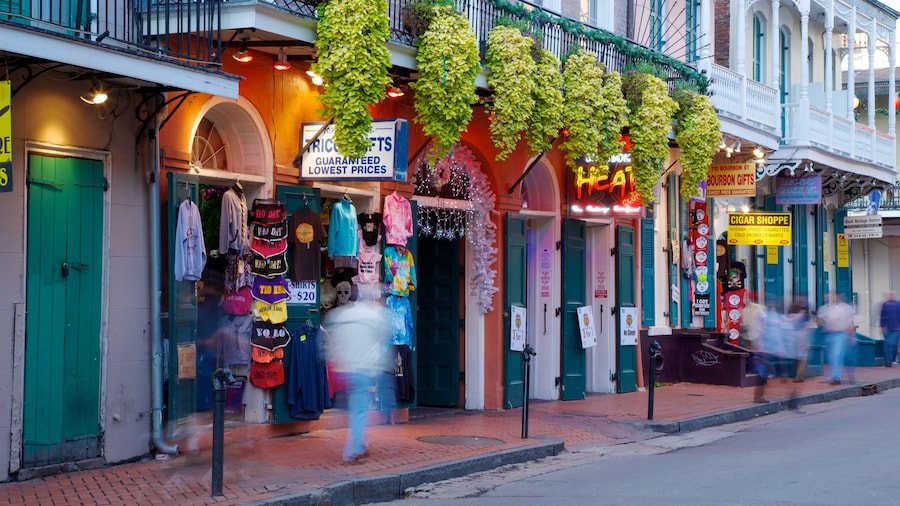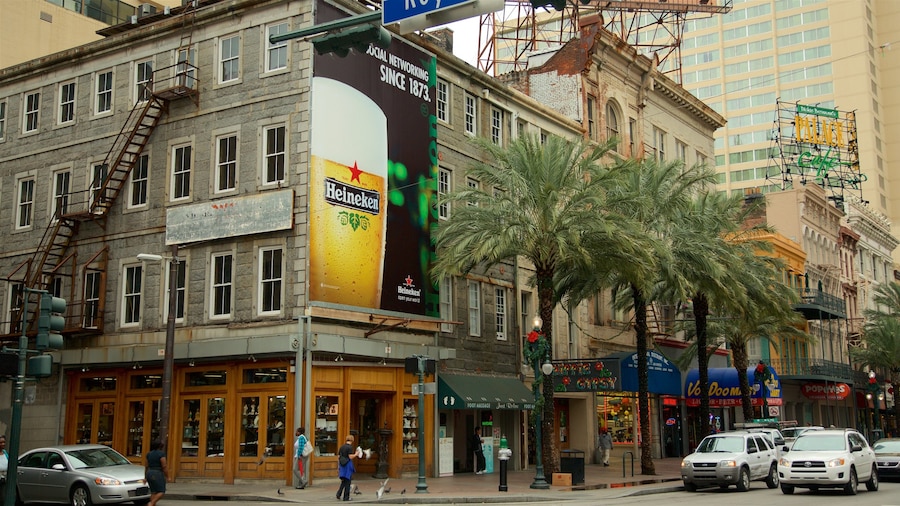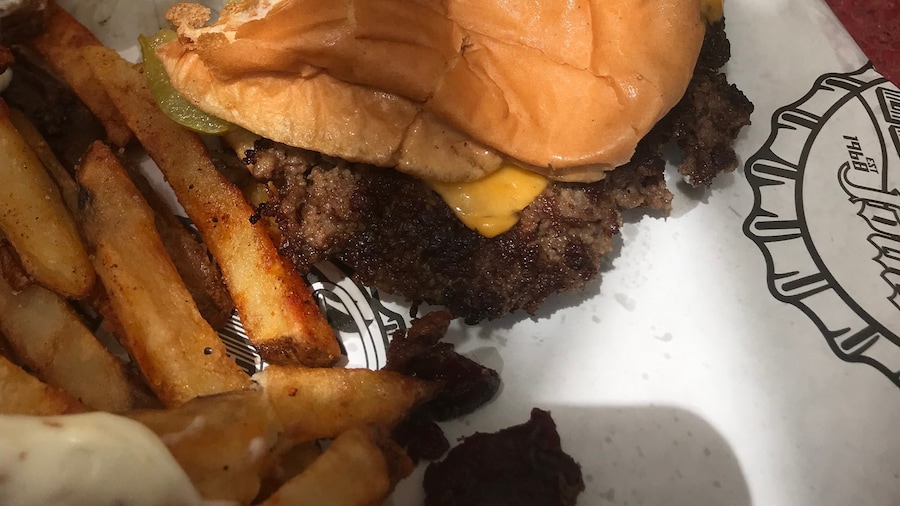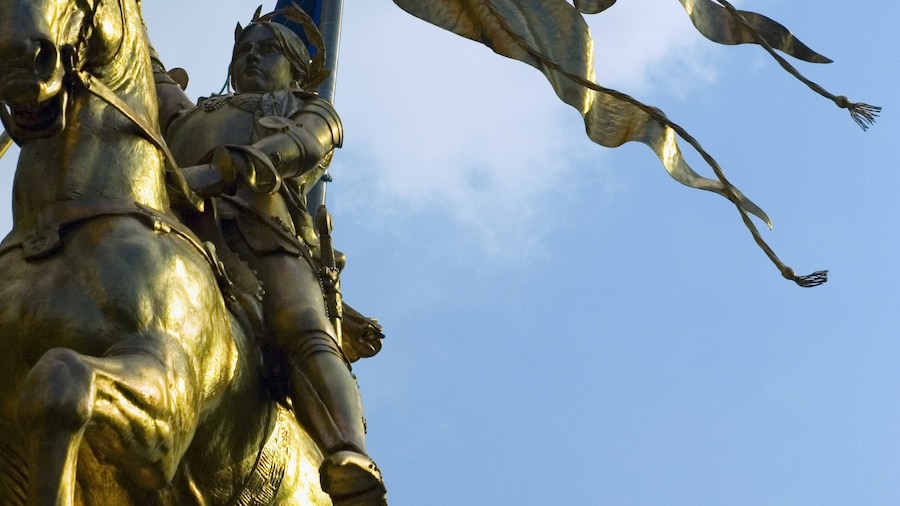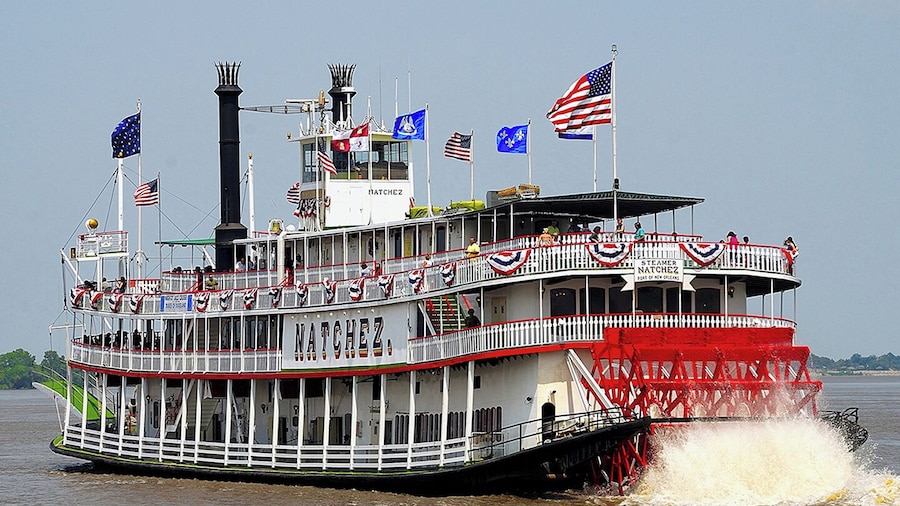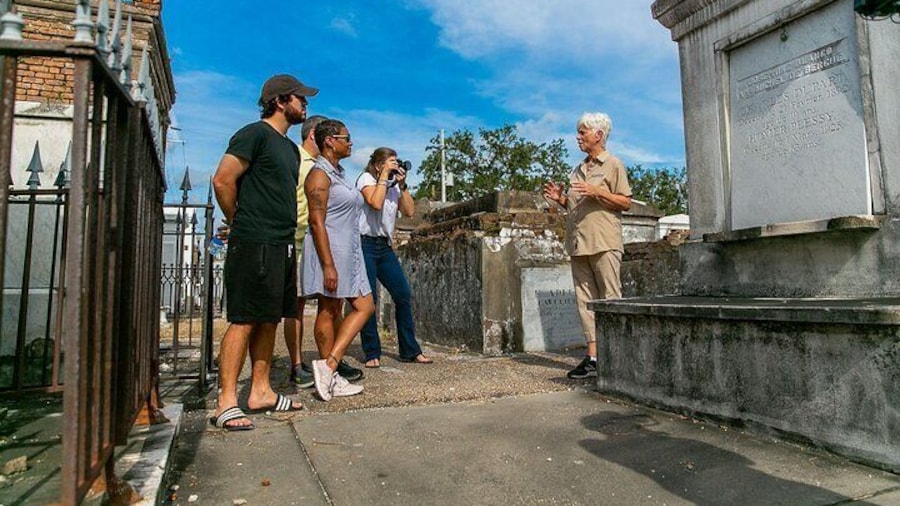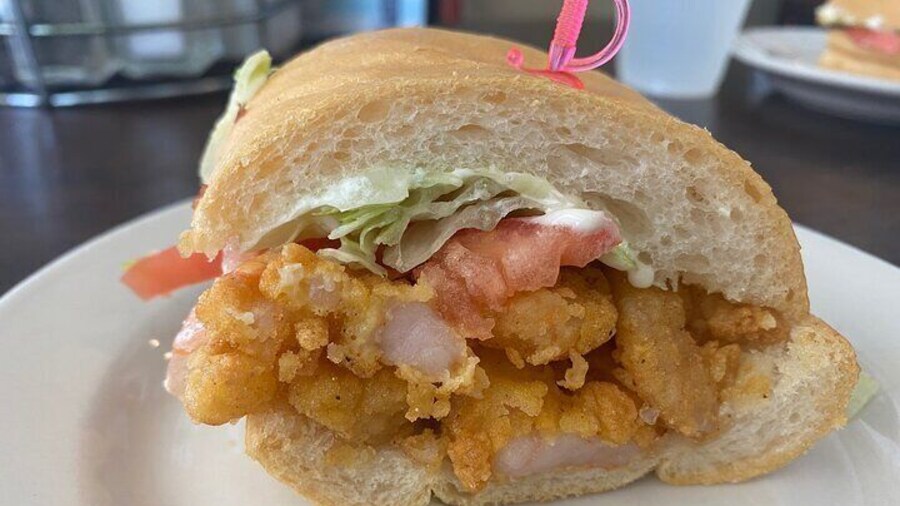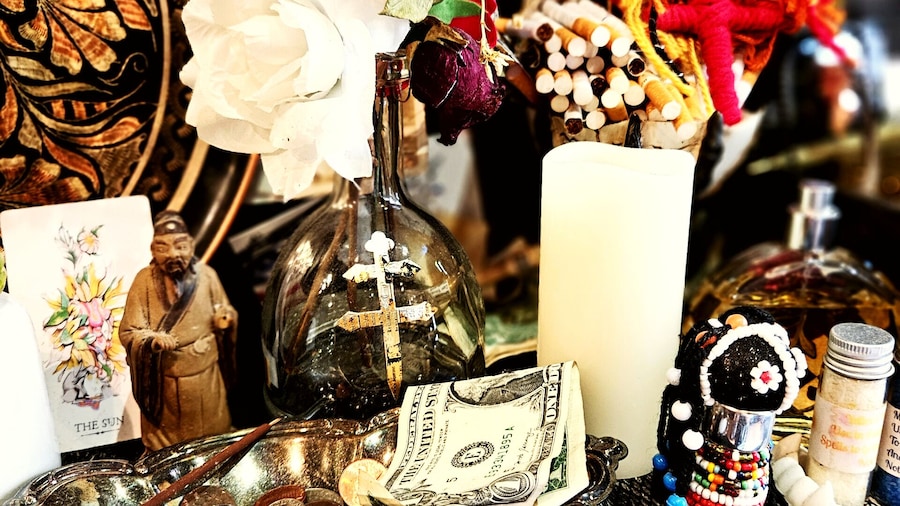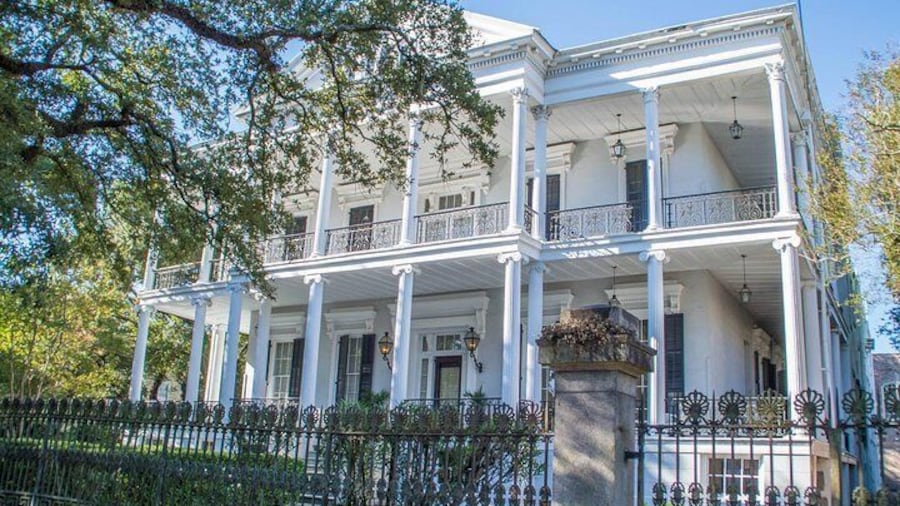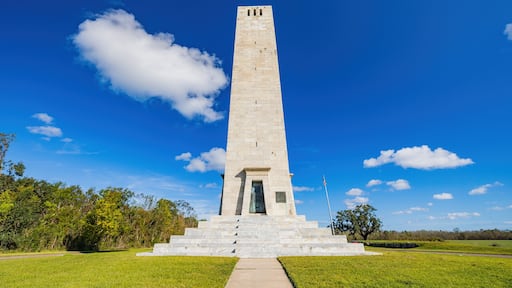Listen to jazz at its best, eat spicy Creole food and dress in costume for parades and festivities during Mardi Gras in this fascinating southern U.S. city.
Visit New Orleans during spring Carnival season for one of the world’s most exuberant Mardi Gras celebrations. Explore this exciting city in any season to enjoy its music and signature foods.
The “Big Easy” has more than 80 music clubs. Walk along the streets of the French Quarter to listen to jazz and other genres in the birthplace of music greats Louis Armstrong, Fats Domino, Harry Connick, Jr. and Wynton Marsalis. Preservation Hall offers intimate acoustic concerts more than 350 nights a year. Find a zydeco dance club and shimmy to the sounds of accordions and washboards.
In the restaurants around Jackson Square sample the city’s distinctive dishes, including spicy jambalaya, catfish po’boys, blackened Cajun specialties, sugar-covered beignets and sweet tea. Look up at the three spires of the St. Louis Cathedral, a Roman Catholic Church standing where worshippers have gathered since 1727. Next door, the Cabildo museum provides a look at important pieces of the history of New Orleans and Louisiana. Tour the New Orleans Museum of Art (NOMA) and its Sydney and Walda Besthoff Sculpture Gardenin New Orlean’s City Park.
For a glimpse of the country’s past, visit the National World War II Museum. Listen to oral histories, see life-size photographs and inspect recovered artefacts. View tombs of local families at the gothic Lafayette Cemetery, established in 1833.
Have outdoor fun with boating or fishing on Lake Pontchartrain and indoor fun watching the New Orleans Saints playing football in the Superdome. See the exotic animals at the Audubon Zoo and watch colourful butterflies in its Butterfly Park.
Watch floats being made at Mardi Gras World overlooking the wide Mississippi River. Leading up to Easter every year, individual krewes of New Orleans stage more than 50 parades and concerts over several weeks in celebration of Mardi Gras. Put on a colourful costume and catch some beads thrown from floats to join the Carnival fun in the exciting city of New Orleans.
